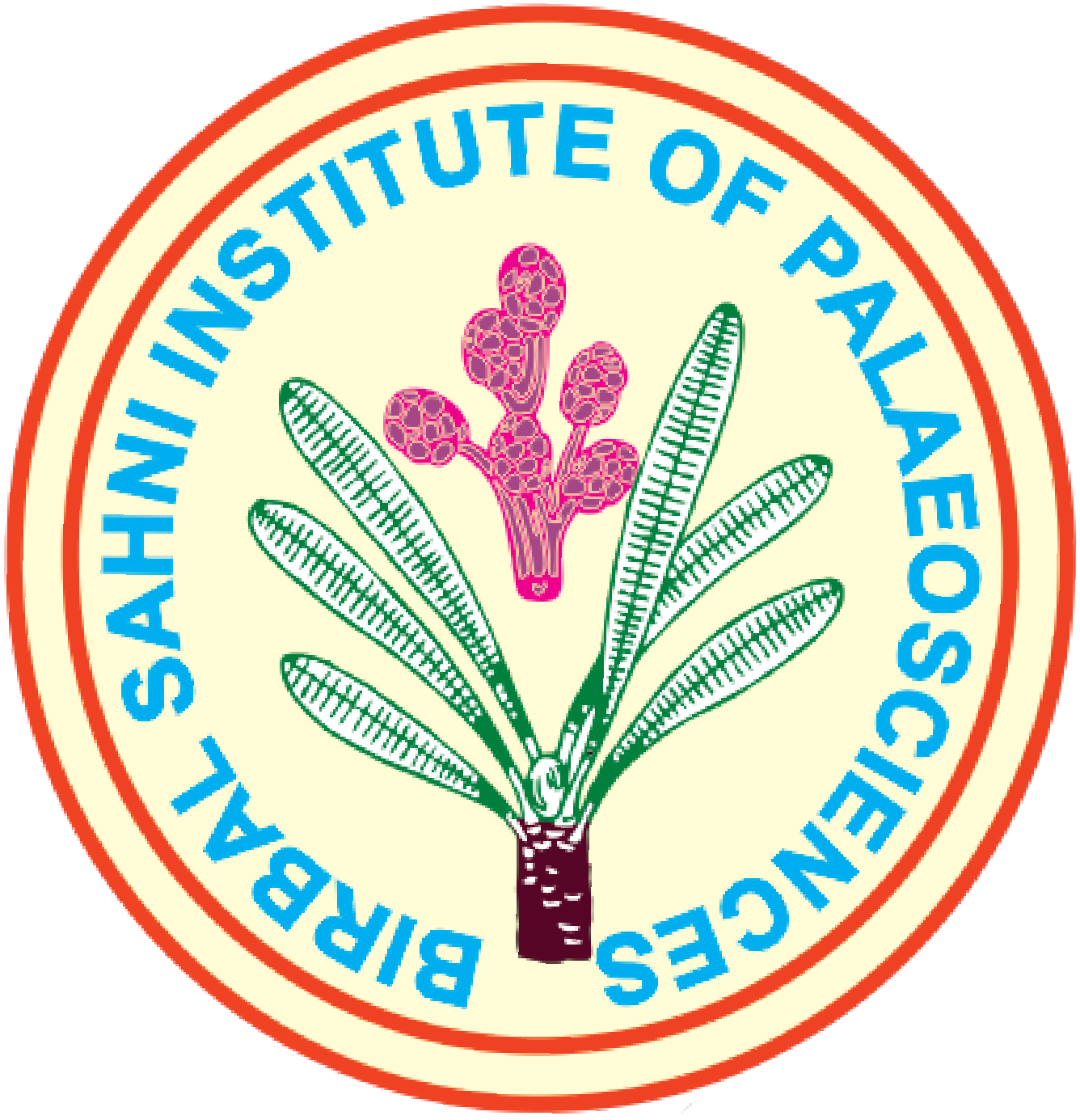Diverse geniculate coralline algae in Cenozoic fossil records: knowledge gaps and applications in palaeoecology
DOI:
https://doi.org/10.54991/jop.2024.1895Abstract
Coralline red algae (Corallinophycideae) are marine calcifying primary producers documented in euphotic habitats globally. Cenozoic carbonate sediments of India put forward an excellent opportunity for the analysis of coralline algae, their contribution in reconstruction of benthic palaeoenvironments and response to climate change. Compared to the common integrated analysis of non-geniculate coralline morphotypes with benthic groups like corals and larger benthic foraminifera, application of geniculate coralline algae is relatively very poor in palaeoecological studies. In order to understand their diversity and status in the Cenozoic fossil records, analysis of limestones and benthic assemblages from the Lakadong Limestone, Prang Formation (Meghalaya, NE India), Fulra Limestone Formation (Kutch Basin, W India), Long Formation (Little Andaman Island) and Guitar Formation (Car Nicobar Island) is carried out in addition to a concise review of existing literature. Critical gaps in our understanding of fossil geniculate coralline algae are discussed emphasizing on the usually overlooked methodological constraints.
Downloads
Metrics
Downloads
Published
How to Cite
Issue
Section
License
Copyright (c) 2024 Journal of Palaeosciences

This work is licensed under a Creative Commons Attribution-NonCommercial 4.0 International License.









